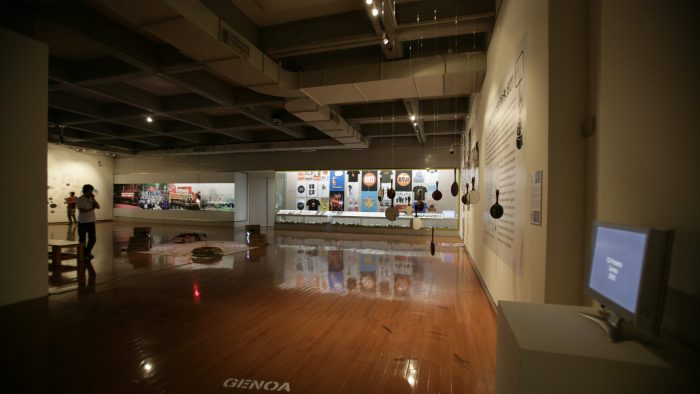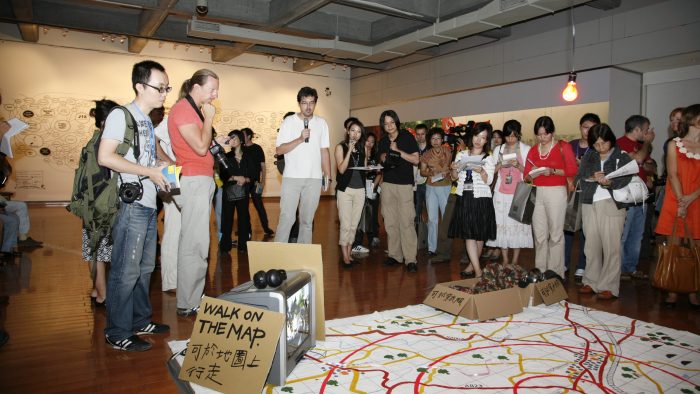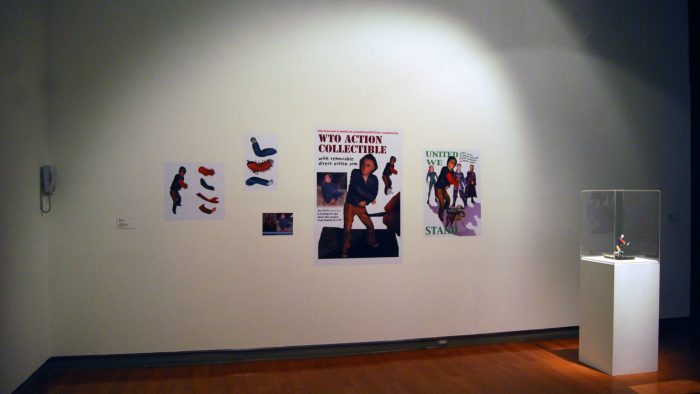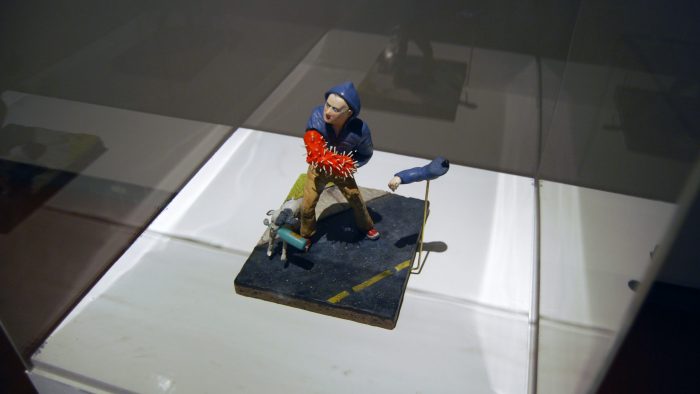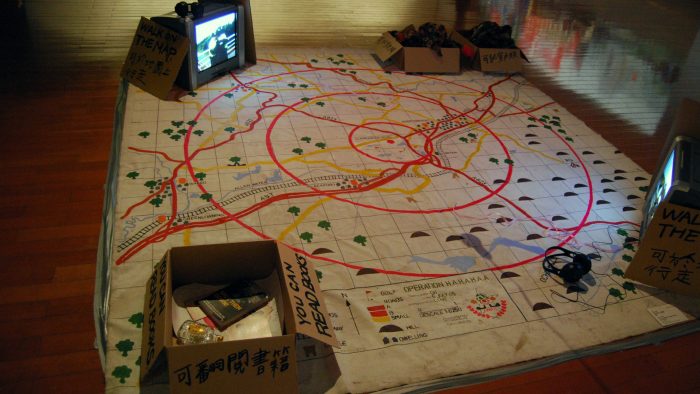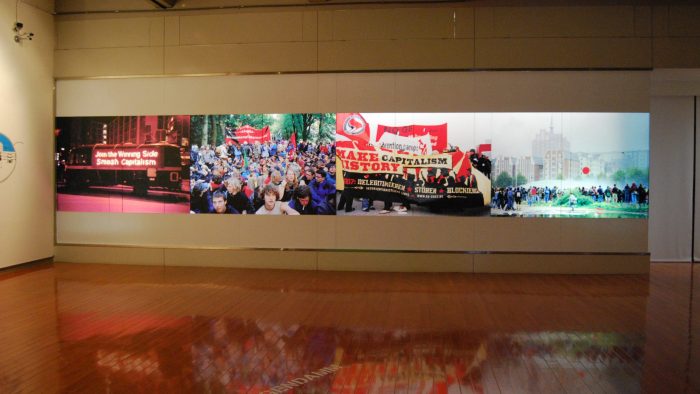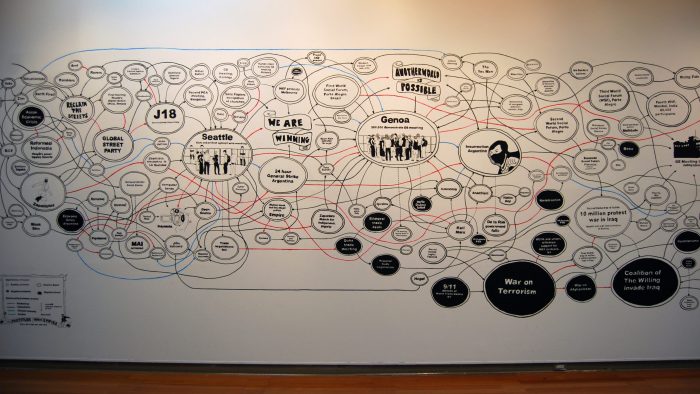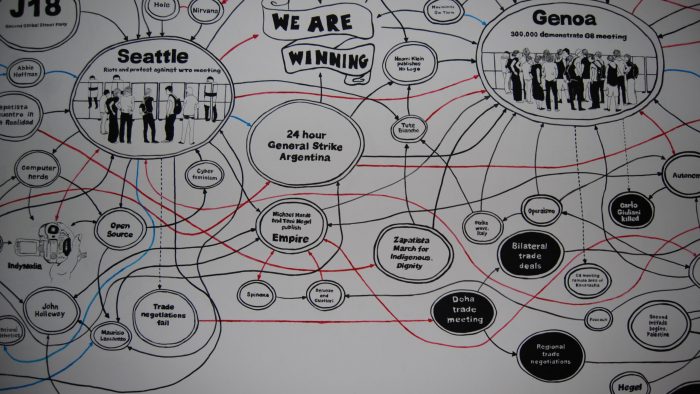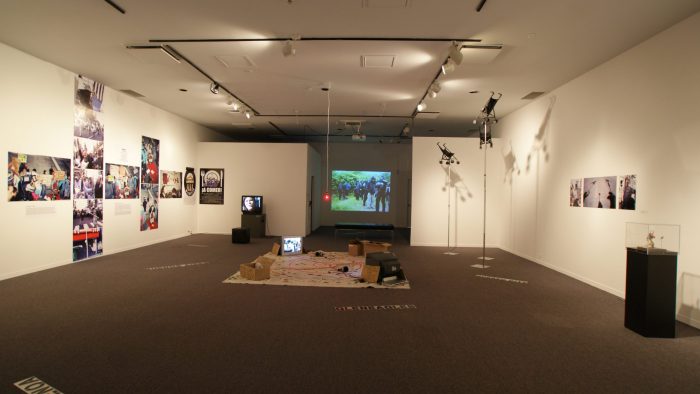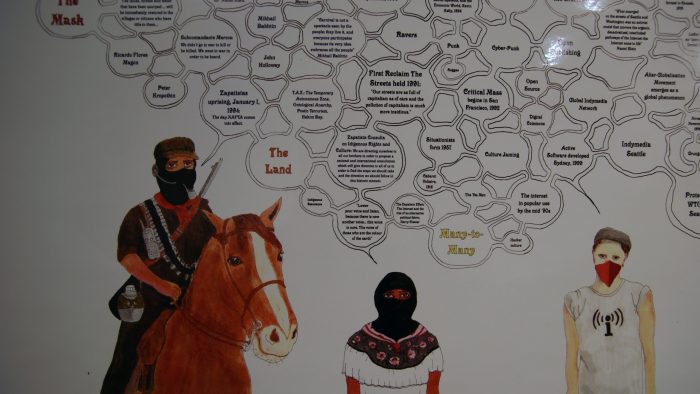An exhibition on the counter-globalization movement
curated by Oliver Ressler
Part of Taipei Biennial 2008, curated by Manray Hsu and Vasif Kortun
Taipei Biennial 2008, Taipei (TW), 2008
Participating artists: Chris DeLaurenti / Noel Douglas / Etcétera / John Jordan / Petra Gerschner / Zanny Begg & Oliver Ressler / RTMmark / Allan Sekula / Gregory Sholette / Nuria Vila & Marcelo Expósito / Dmitry Vilensky
“A World Where Many Worlds Fit”, Foreman Art Gallery of Bishop’s University, Sherbrooke (CA), 2010
Participating artists: ATSA / Etcetera / Petra Gerschner / John Jordan / Zanny Begg & Oliver Ressler / RTMark / Gregory Sholette / Nuria Vila & Marcelo Expósito / Dmitry Vilensky
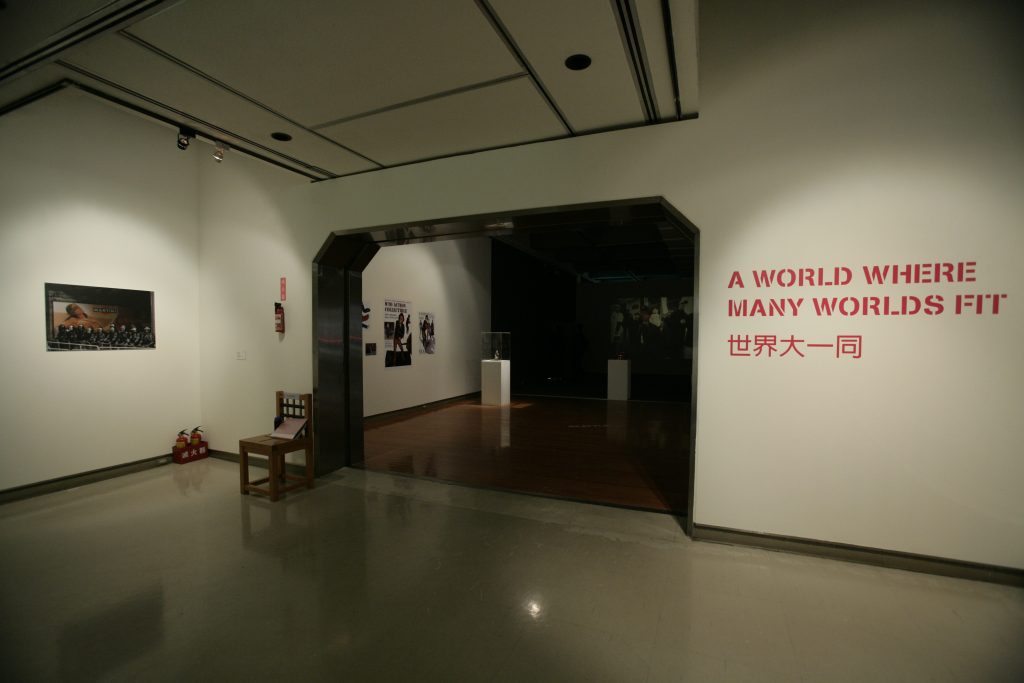
The trope A World Where Many Worlds Fit goes back to the Subcomandante Marcos, when talking about the Zapatistas’ struggles in the Lacandonian rainforest in Mexico. Since their uprising in 1994 the Zapatistas have been fighting for a less-hierarchic autonomous world with more options to involve in democratic decision-making processes. They fight against an existing world, which calls itself “democratic”, but should rather be seen as a form of sophisticated oligarchy that respects especially the interests of the political and economic elites. While this exclusive world of the elites in Chiapas is brutally being defended by the Mexican military and paramilitary troops, in the part of the world where I am coming from the stick that punishes people who envision another world is usually not so visible. But this can change suddenly in times when those in power assemble in the framework of the summits of World Bank, International Monetary Fund, World Trade Organization, World Economic Forum or the G8. Though the decisions made by the politicians and business leaders at these meetings affect the lives of all people in the world, the negotiations take place hidden from the public gaze behind fences and ten-thousands of riot-police and therefore became a symbol for the undemocratic and illegitimate constitution of global capitalism.
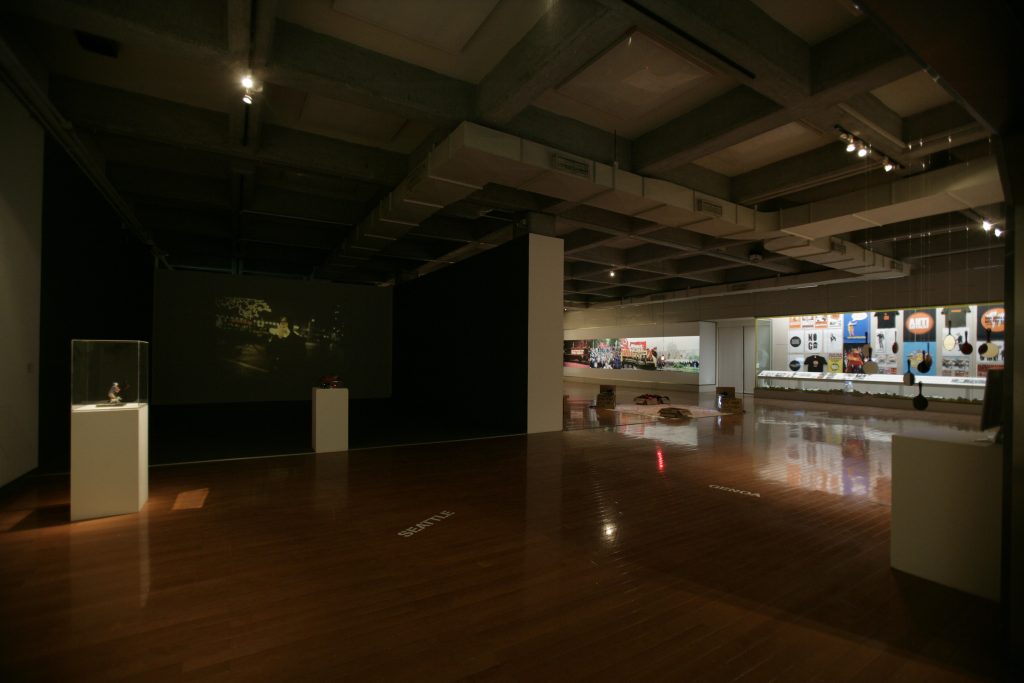
At each of these summits individual and collective singularities from all over the world come together in order to express that they are opposed to this way of making decisions und ruling the world. According to some narratives the meeting of the World Trade Organization in Seattle in 1999 could be seen as the birthplace of the new movement, which is usually called counter-globalization movement, and which I prefer to callthe movement of the movements. After many years again there was an articulated form of resistance and protest in the center of capitalism, which was strong enough to shut down the WTO summit in Seattle. Since 1999 this global movement showed up at each meeting of World Bank, IMF, WTO, WEF – unless the scared politicians decided to meet in deserts or in dictatorships in order to avoid publicly shown dissent at their meetings, which originally were introduced for publicity purposes.
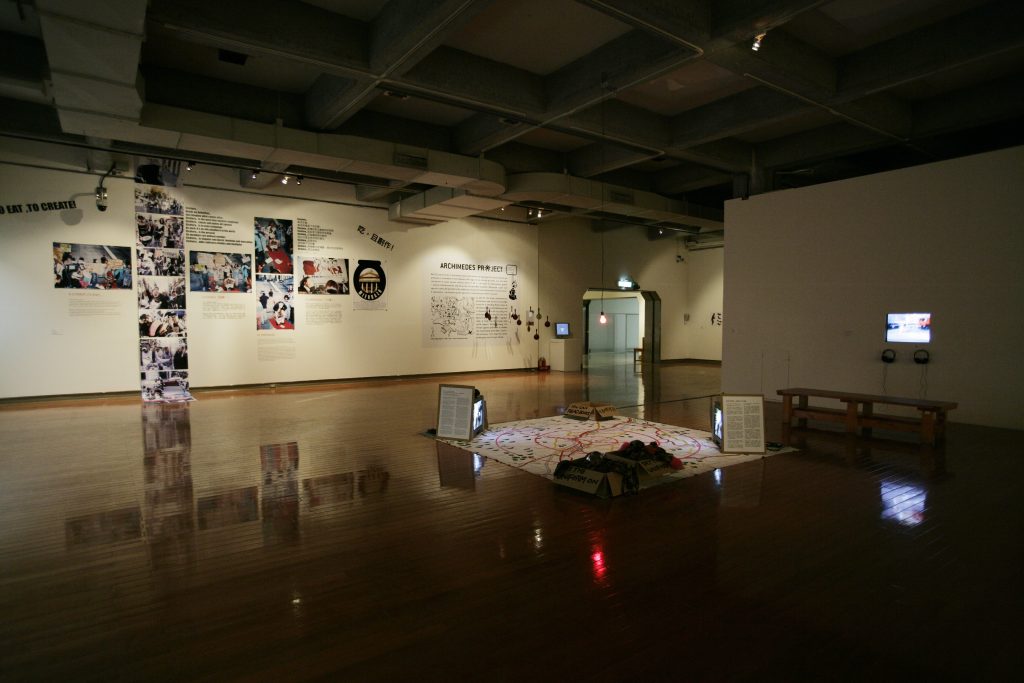
At the demonstrations, counter-summits and mass blockades many individuals and collectives come together: media activists, clown army, pink block, naked block, black block, anarchists, socialists, Trotskyists, members of ATTAC, human rights activists, feminists, migrants, artists and many more. Many activists switch between these identities. At one of the blockades against the G8 summit in Heiligendamm 2007 I saw a whole pink block merging into a naked block. “Diversity of tactics is the key”, Brian Holmes wrote a while ago[1]. All these singularities have their own images, banners, different public appearance and slogans, which not only represent something, but contribute to the creation of effective blockades and to the creation of a space, which is a space of representation, but also a space for action that in the best cases also spreads to other areas such as the local neighborhoods of the activists. This new social subject, sometimes referred to as the multitude, builds horizontally organized networks and has a radial transformation of society in mind.
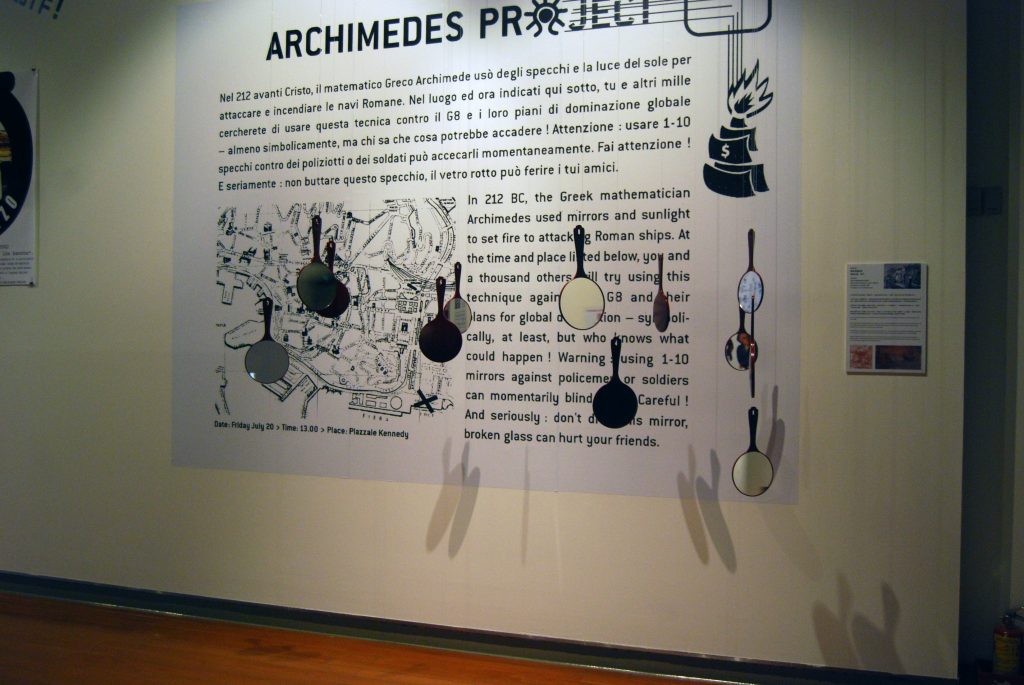
This exhibition that was first put together on the occasion of the Taipei Biennial 2008 tries to present the global movement of the movements as the great example of collective intelligence it is, through a variety of artistic practices and strategies. The exhibition makes visible how the strategies of the global movement changed after 911 and the intense level of repression at the G8 summit in Genoa – both incidents took place in 2001 and affected a lot the appearance of the movement in the coming years. Till 2001 a quite masculine, militant concept of direct confrontation with the police seemed to predominate. The crowd tried to gain access into the red zones directly through the police lines. But the tactics of resistance seemed to become smarter and elaborated over the years. Pink blocks and clowns question these forms of male-dominated direct confrontation with the police, and as the activities against the G8 summits in Heiligendamm and (with a little less success) Gleneagles proofed, with elaborated, smart concepts such as the “five finger tactic”[2] it is still possible to achieve the same goal – namely to block a summit and create a symbol of the illegitimacy of these summits through it.

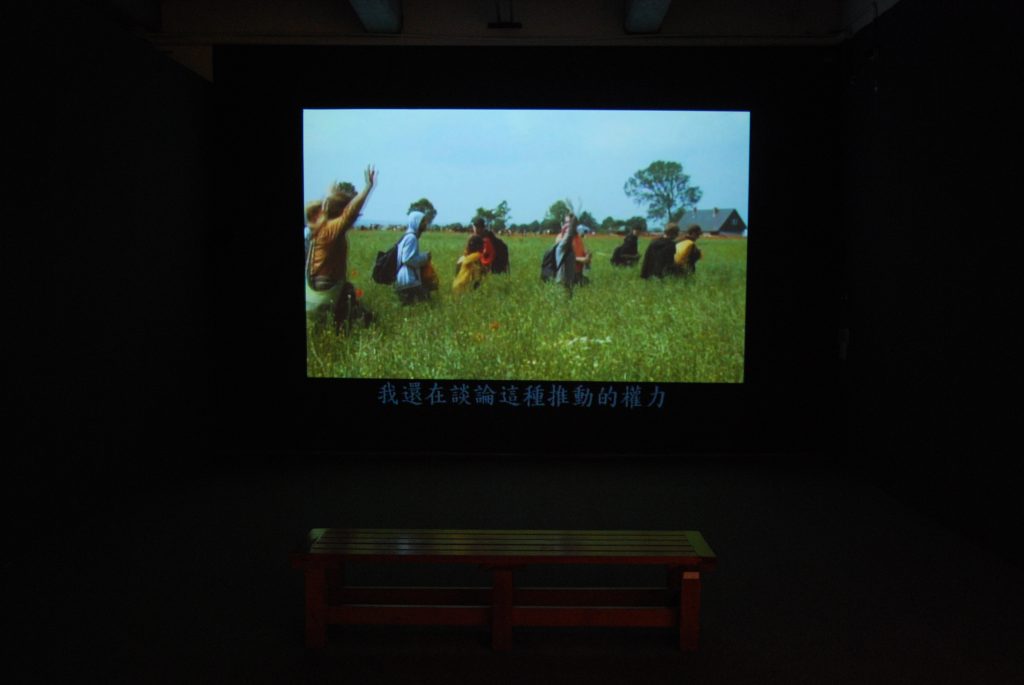
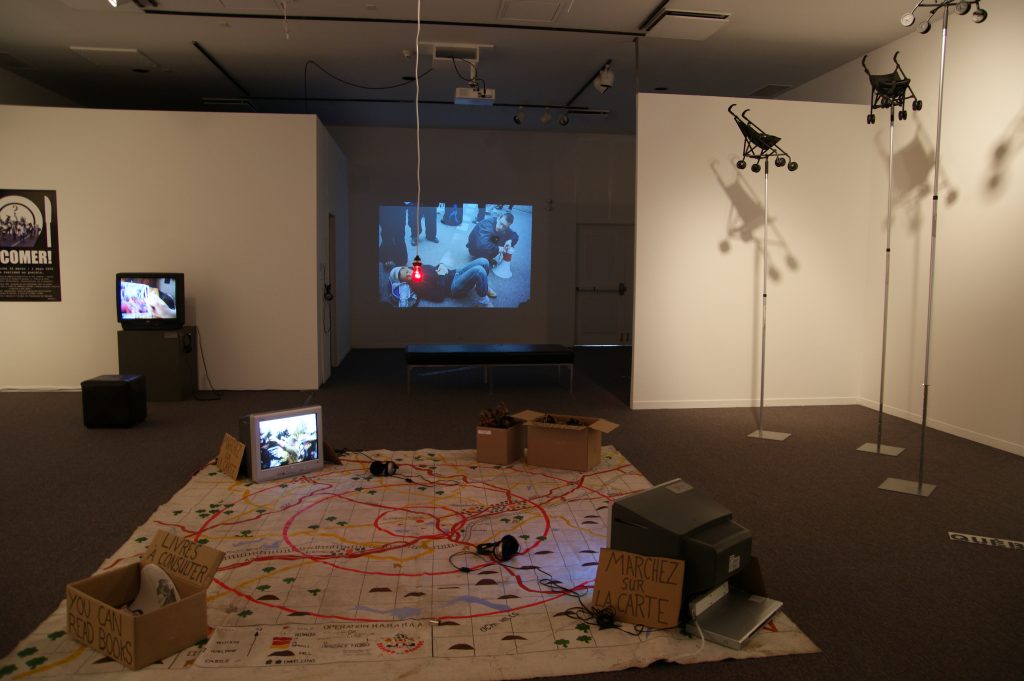
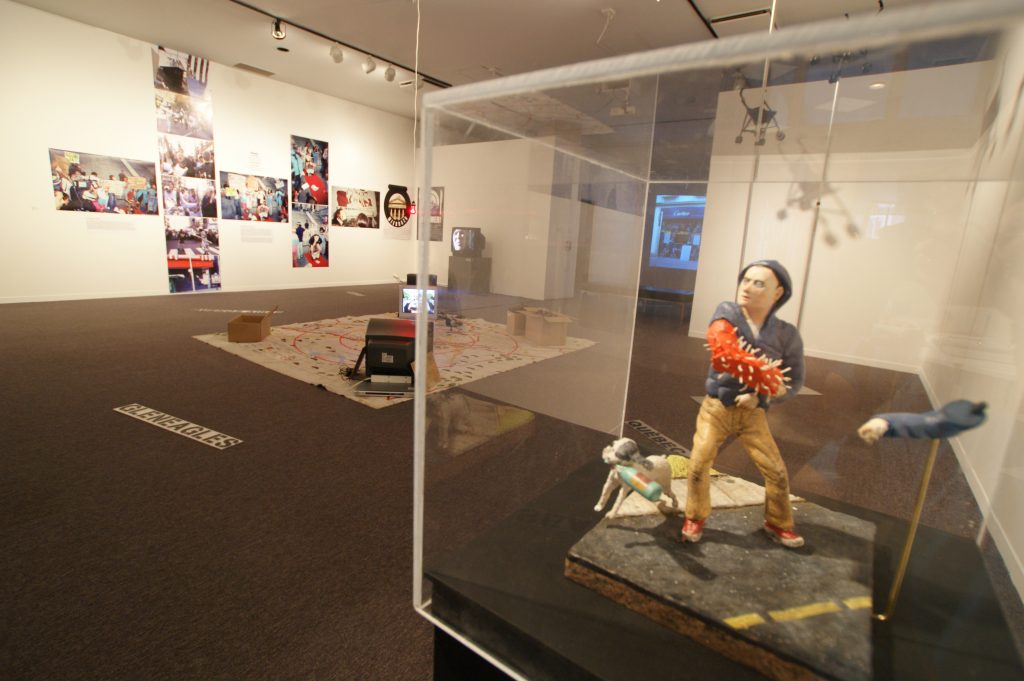
A World Where Many Worlds Fit included the work by artists that focus directly on the counter-globalization movement. All artists have in common a strong commitment to the social movements. There are no artists invited who position themselves as “neutral” in relation to the movement. Many of the works focus on one of the cities whose names became shorthand descriptions and nowadays stand for demonstrations, counter-summits and/or blockades: Seattle, Prague, Salzburg, Genoa, Buenos Aires, Gleneagles, St. Petersburg or Heiligendamm.
It is totally clear that the choice of these cities is questionable and that it is probably less representative for the global movement but rather points to the person who chose them for the exhibition, an artist living in Europe. Anyway, being aware of these limitations I still hope the exhibition has the capacity to give some insight for a big audience into the movement of the movements, shaped through the perspectives and interests of several international artists. The names of the cities are installed quite visible as big letters on the exhibition floor, and through this define the space into different areas to which the works are loosely related. There is also a huge timeline on the movement of the movements in the exhibition, carried out by the Sydney-based artist Zanny Begg as a 12-meter long wall drawing. This timeline provides a kind of thematic framework for the whole exhibition, linking all works to each other, but also telling its own stories.
[1] Brian Holmes, Hieroglyphs of the Future (Zagreb, 2003), p. 96.
[2] In the “five finger tactic” protesters spread out across the fields slipping around police lines in order to establish mass blockades in all roads. In Heiligendamm staff working for the G8 summit were forced to enter and leave the meeting by helicopter or boat thus providing a symbolic victory to the movement.

